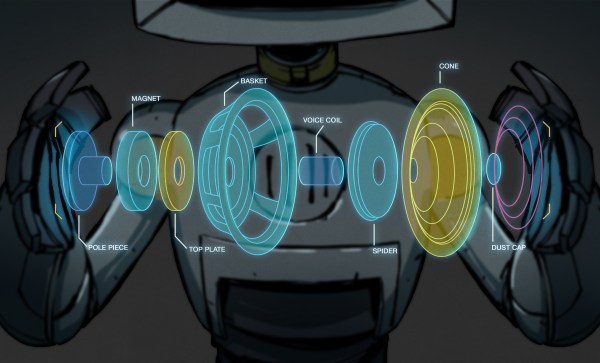Although largely recognizable to anyone who had a video game console in the 80s or 90s, cartridges have long since disappeared from the computing world. These squares of plastic with a few ROM modules were a major route to get software for a time, not only for consoles but for PCs as well. Perhaps most famously, the Commodore VIC-20 and Commodore 64 had cartridge slots for both gaming and other software packages. As part of the Chip Hall of Fame created by IEEE Spectrum, [James] found himself building a Commodore cartridge more than three decades after last working in front of one of these computers.
[James] points out that even by the standards of the early 80s the Commodore cartridges were pretty low on specs. They’re limited to 16 kB, which means programming in assembly and doing things like interacting with video hardware directly. Luckily there’s a treasure trove of documentation about the C64 nowadays as well as a number of modern programming tools for them, in contrast to the 80s when tools and documentation were scarce or nonexistent. Hardware these days is cheap as well; the cartridge PCB and other hardware cost only a few dollars, and the case for it can easily be 3D printed.
Burning the software to the $3 ROM chip was straightforward as well with a TL866 programmer, although [James] left a piece of memory management code in the first pass which caused the C64 to lock up. Removing this code and flashing the chip again got the demo up and running though, and it’ll be on display at their travelling “Chips that Changed the World” exhibit. If you find yourself in the opposite situation, though, we’ve also seen projects that cleverly pull the data off of ancient C64 ROM chips for preservation.

















